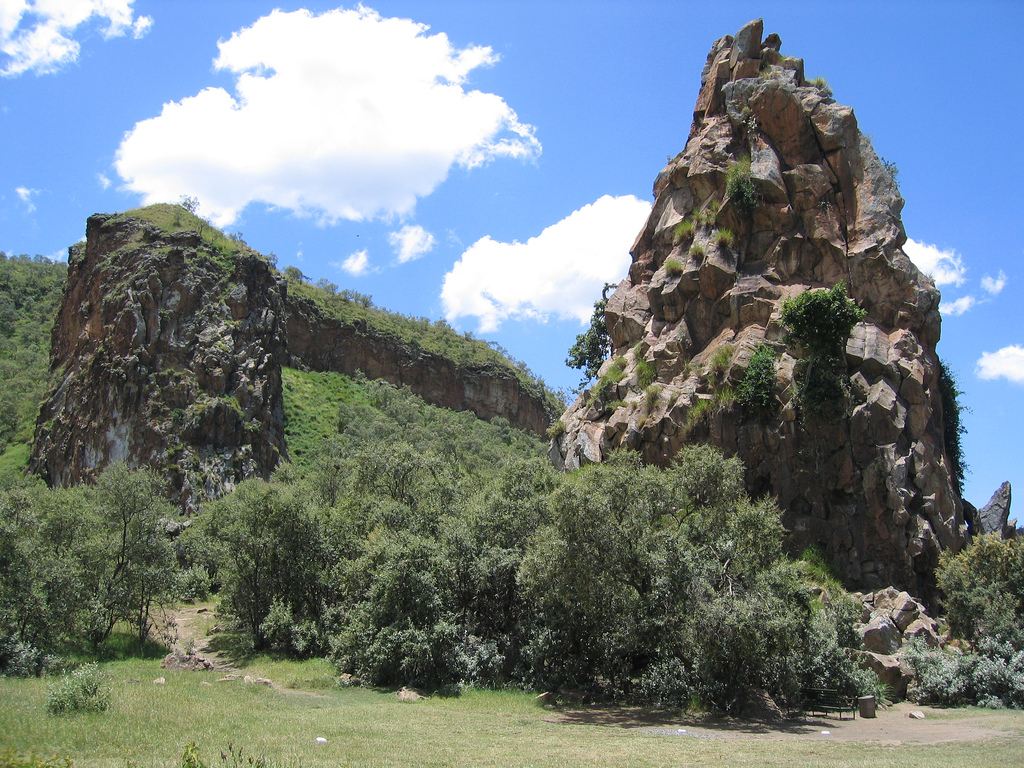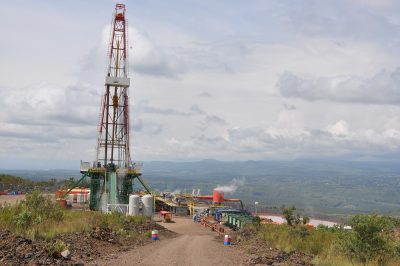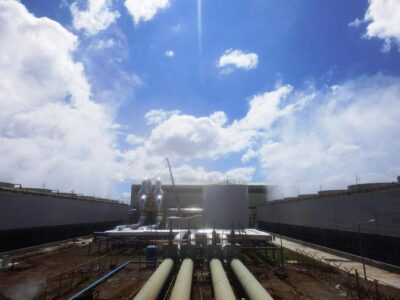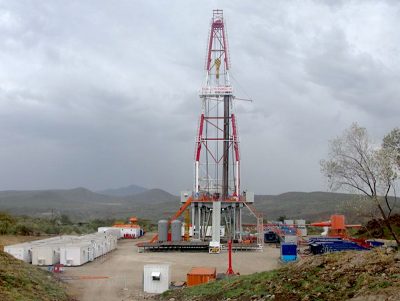Geothermal power nearing 50% of Kenyan electricity supply
Geothermal energy keeps breaking records in power generation for Kenya and tops the country's power mix providing significant savings for consumers.
Local news state that Kenya’s geothermal power generation touched a fresh high in October, topping the country’s power mix and signalling relief for electricity consumers.
Data show geothermal generated was 339.4 million units (kilowatt-hours), a record in Kenya’s history.
This equalled 43.8 per cent of the energy mix in the month, ahead of hydro at 36 per cent (279.02 million KWh) and thermal at 20.2 per cent (156.66 million units).
Hydro, geothermal and thermal are the country’s three largest power sources, as most mini-grids such as small hydros, wind and co-generation are operated off the national grid.
Thermal, which is diesel-fuelled making it more expensive, touched a 16-month low in the month in terms of units generated, and was at a more than 22-month low as a composition of total power generated.
October was the third time this year that geothermal generation outpaced hydro and thermal. The first being in July at 257.71 million units (33.8 per cent), followed by September at 293.26 million units or 39.9 per cent.
Increased geothermal generation signals lower fuel cost charges on power bills – domestic and commercial – as more diesel generators are rested. The cost of geothermal power is estimated at $0.09 (Sh8.15) per unit, compared to $0.31 (Sh28.06) per unit for thermal.
Kenya Power data availed yesterday show geothermal could comprise above 50 per cent of total electricity generated this month, having contributed 52.4 per cent of total electricity to the grid on Friday, 52.3 per cent on Saturday and 55.2 per cent on Sunday.
In an earlier interview, Kenya Power managing director Ben Chumo told the Star that the focus on energy sources currently is two-prong; to save on costs and avail cheaper power, while reducing over-reliance on hydro generation.
“About 50 per cent of our 1,600MW generation capacity is rain-dependent. We must look at this to avoid energy crisis as the economy grows and as hydrology changes,” he said.
In a 2013 research paper on Kenya’s energy sector, Dalberg Global Development Advisors said investments in geothermal have more advantages as “it is renewable, has near-zero carbon emissions, extremely reliable (unlike hydro), can be used for baseload power (unlike wind), and has low operating costs”.
Lower fuel prices in the global markets also portend a reduction in the fuel cost charge, but this is an unsustainable variant without increased generation from other sources.
Costly thermal power is usually turned on as emergency electricity to bridge shortfalls in hydro, which is weather-dependent. However, Kenya has for long been unable to shake off the bottleneck.
State-owned KenGen runs three thermal power stations: Kipevu Diesel Plant, Kipevu Gas Turbine and Nairobi South Gas Turbine. Independent power producers running thermal generators include the Aga Khan-owned Tsavo Power, Rabai Power, IberAfrica and British firm Aggreko.
Source: The Star via All Africa


















